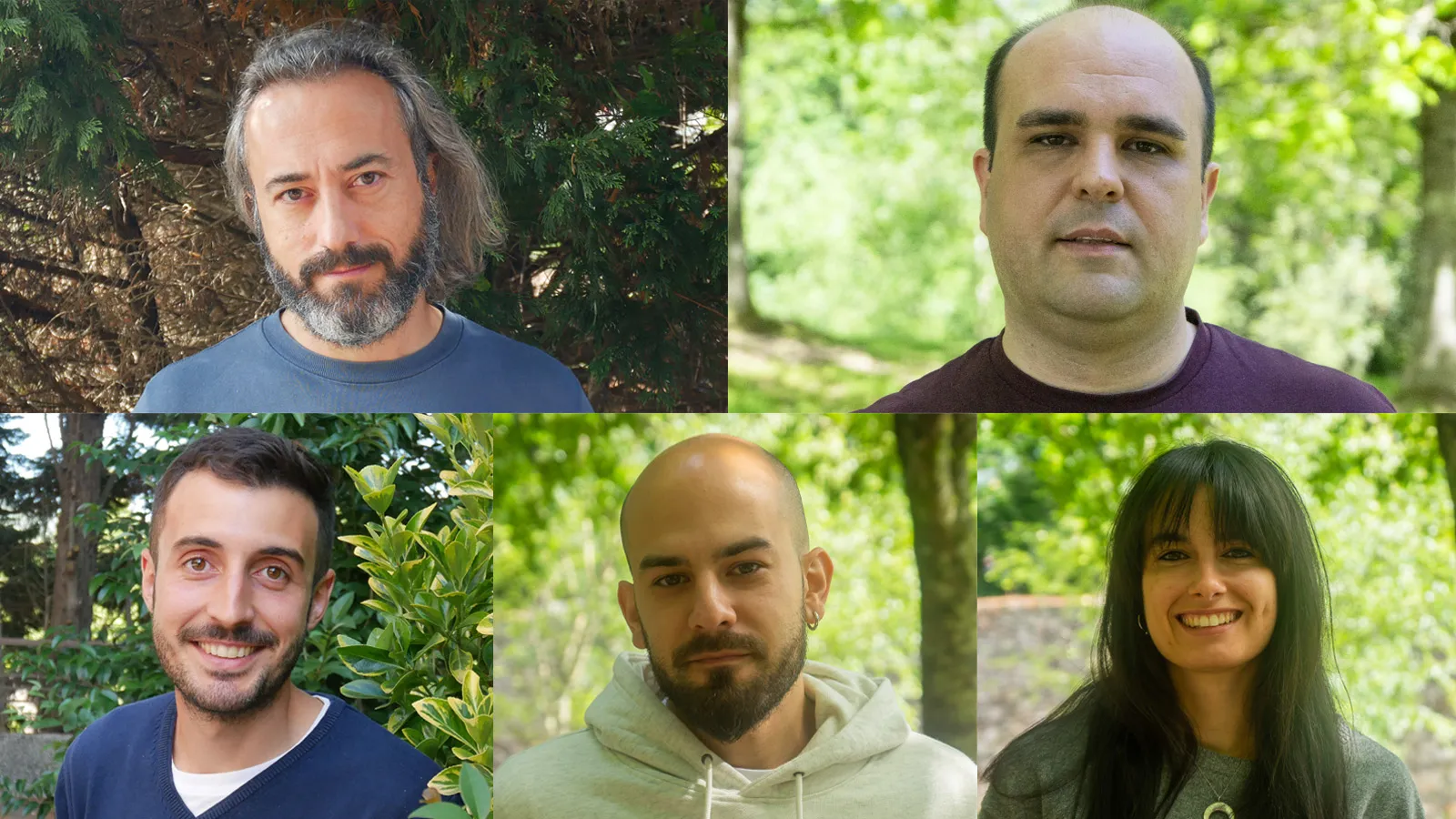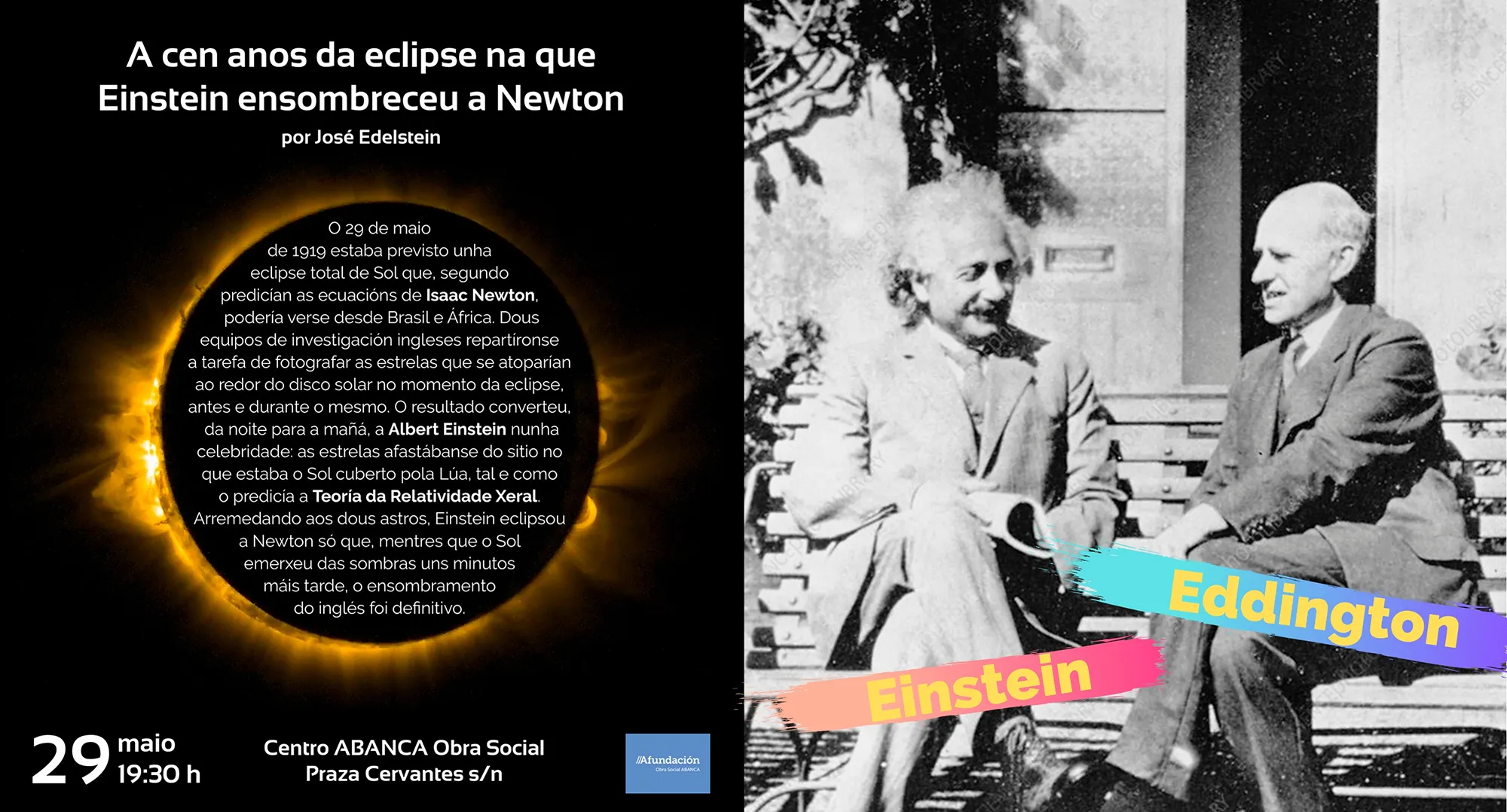‘Nature’ publica un traballo pioneiro sobre fisión nuclear no que participa o IGFAE



28.05.2019

Con motivo do centenario da eclipse total de Sol no que se comprobou por primeira vez unha das predicións da Teoría da Relatividade Xeral de Albert Einstein, o investigador do Instituto Galego de Física de Altas Enerxías (IGFAE) e profesor da USC José Edelstein ofrecerá unha conferencia pública o vindeiro mércores, 29 de maio, ás 19:30 h no Centro ABANCA Obra Social (praza de Cervantes) de Santiago de Compostela.
O 29 de maio de 1919 estaba previsto unha eclipse total de Sol que sería visible desde Brasil e África, segundo predicían as ecuacións de Isaac Newton. A súa lei da Gravitación Universal dominaba a física do momento, pero entraba en conflito coa Teoría da Relatividade Xeral de Albert Einstein, que propoñía que a luz desviaba a súa traxectoria ata o dobre ante a presenza dun obxecto moi masivo debido á curvatura do espazo. Ante a falta dunha evidencia experimental, o astrónomo británico Arthur Stanley Eddington liderou un experimento: utilizar a eclipse de 1919 para fotografar as estrelas que se atopaban ao redor do disco solar antes e durante o evento e así comprobar se se producía a deflexión ou desviación da súa luz ao pasar preto do Sol.
Grazas ao escurecimento do ceo durante a totalidade da eclipse, os dous equipos ingleses que formaron a expedición científica puideron comprobar meses despois ao revelar as placas fotográficas que a posición dalgunhas desas estrelas alterouse. A súa luz, no canto de viaxar en liña recta, desviouse lixeiramente ao pasar preto do campo gravitacional do Sol. Nesta conferencia, o investigador do IGFAE e profesor da USC José Edelstein relatará a historia de como Newton quedou eclipsado definitivamente por Einstein, quen se converteu na celebridade mundial que perdura xusto un século despois.